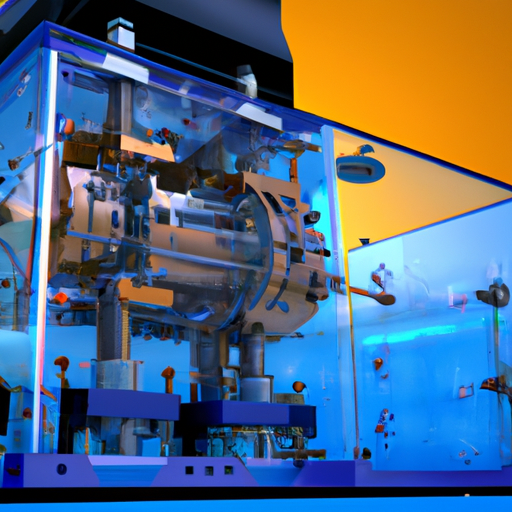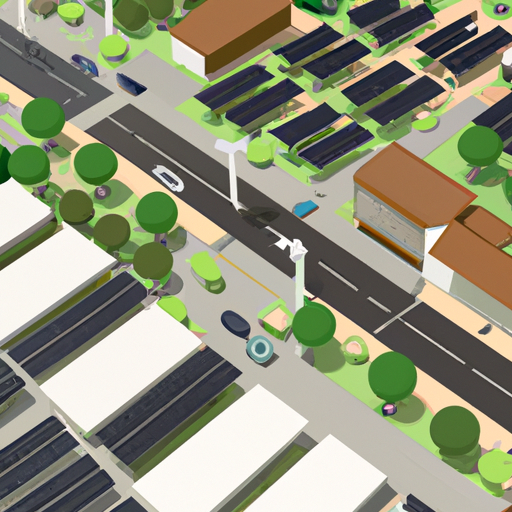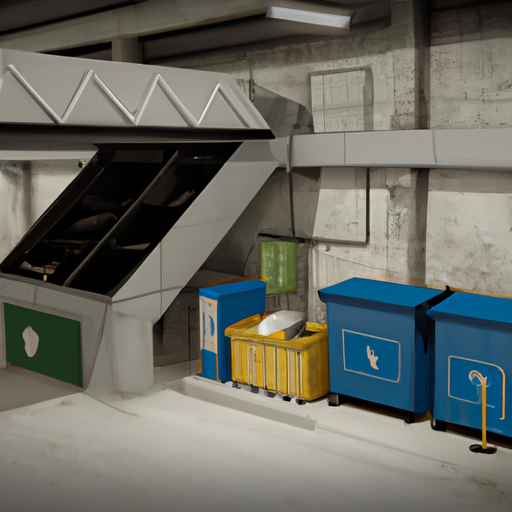Innovative wave energy converters are unlocking the vast potential of ocean power, promising to generate up to 2,000 TWh of clean electricity annually. New designs are overcoming previous technical challenges while minimizing environmental impact. These systems could provide reliable renewable energy to coastal communities worldwide.

The world's oceans, covering more than 70% of Earth's surface, represent an enormous untapped source of renewable energy. Recent breakthroughs in wave energy conversion technology are finally making it possible to harness this powerful natural resource effectively, marking a new chapter in the story of renewable energy.
Wave energy technology has evolved significantly from its early concepts. Modern wave energy converters (WECs) utilize sophisticated engineering and advanced materials to capture the kinetic and potential energy present in ocean waves, converting it into usable electricity with unprecedented efficiency.
One of the most promising developments has been the emergence of multi-mode WEC systems. These devices can extract energy from multiple wave motions simultaneously, significantly increasing their power output compared to traditional single-mode systems. Some designs can achieve conversion efficiencies of up to 65%, approaching the theoretical maximum for wave energy extraction.
Advances in materials science have been crucial to these developments. New composite materials offer superior durability against the harsh marine environment while providing the flexibility needed for optimal wave energy capture. Smart materials that can adapt their properties based on wave conditions are also being incorporated, further improving efficiency and reliability.
The integration of artificial intelligence and machine learning has revolutionized wave energy systems. These technologies enable WECs to predict incoming wave patterns and adjust their operation in real-time, maximizing energy capture while protecting the equipment from extreme conditions. Some systems can even communicate with each other to optimize array performance.
Environmental considerations have been central to recent innovations. Modern WECs are designed to minimize impact on marine ecosystems, with some systems actually creating artificial reefs that enhance marine biodiversity. Extensive environmental monitoring has shown that well-designed wave energy farms can coexist harmoniously with marine life.
The economic viability of wave energy has improved dramatically. While initial installation costs remain significant, operational costs have decreased substantially thanks to improved durability and maintenance systems. Some projects are now achieving levelized costs of energy comparable to other renewable sources.
Grid integration has been another area of significant progress. Advanced power conditioning systems ensure that electricity from wave energy converters meets grid requirements for stability and quality. Some installations now incorporate energy storage solutions, allowing them to provide consistent power output despite varying wave conditions.
The scalability of wave energy technology has also improved. Modern designs can be deployed in arrays of varying sizes, from small installations powering coastal communities to large-scale farms contributing significant power to national grids. This flexibility makes wave energy suitable for a wide range of applications and locations.
Maintenance and durability have been key focus areas for innovation. New designs incorporate modular components that can be easily replaced, while remote monitoring systems allow for predictive maintenance, reducing downtime and operational costs. Some systems can even perform self-diagnosis and basic self-repair functions.
The potential impact on coastal communities is significant. Wave energy installations can provide reliable power while creating local jobs in installation, maintenance, and operations. Some projects are being integrated with desalination plants or aquaculture facilities, creating multiple benefits for coastal regions.
Research continues into new ways to improve wave energy technology. Current projects are exploring the use of quantum dots to enhance energy conversion efficiency, developing new methods for energy storage, and investigating the potential for floating wave energy platforms that can be deployed in deeper waters.
The global potential for wave energy is enormous. Studies suggest that wave power could meet a significant portion of global electricity demand, with some estimates indicating potential generation of up to 2,000 TWh annually. This represents a crucial opportunity for reducing greenhouse gas emissions while meeting growing energy needs.
As climate change continues to drive the need for renewable energy solutions, wave power represents a promising addition to the clean energy portfolio. Its predictability advantage over wind and solar power, combined with recent technological advances, makes it an increasingly attractive option for sustainable energy generation.
The future of wave energy looks increasingly bright as technology continues to advance and costs decrease. With continued investment and development, wave power could become a major contributor to the global renewable energy mix, helping to create a more sustainable energy future while protecting our marine environments.



